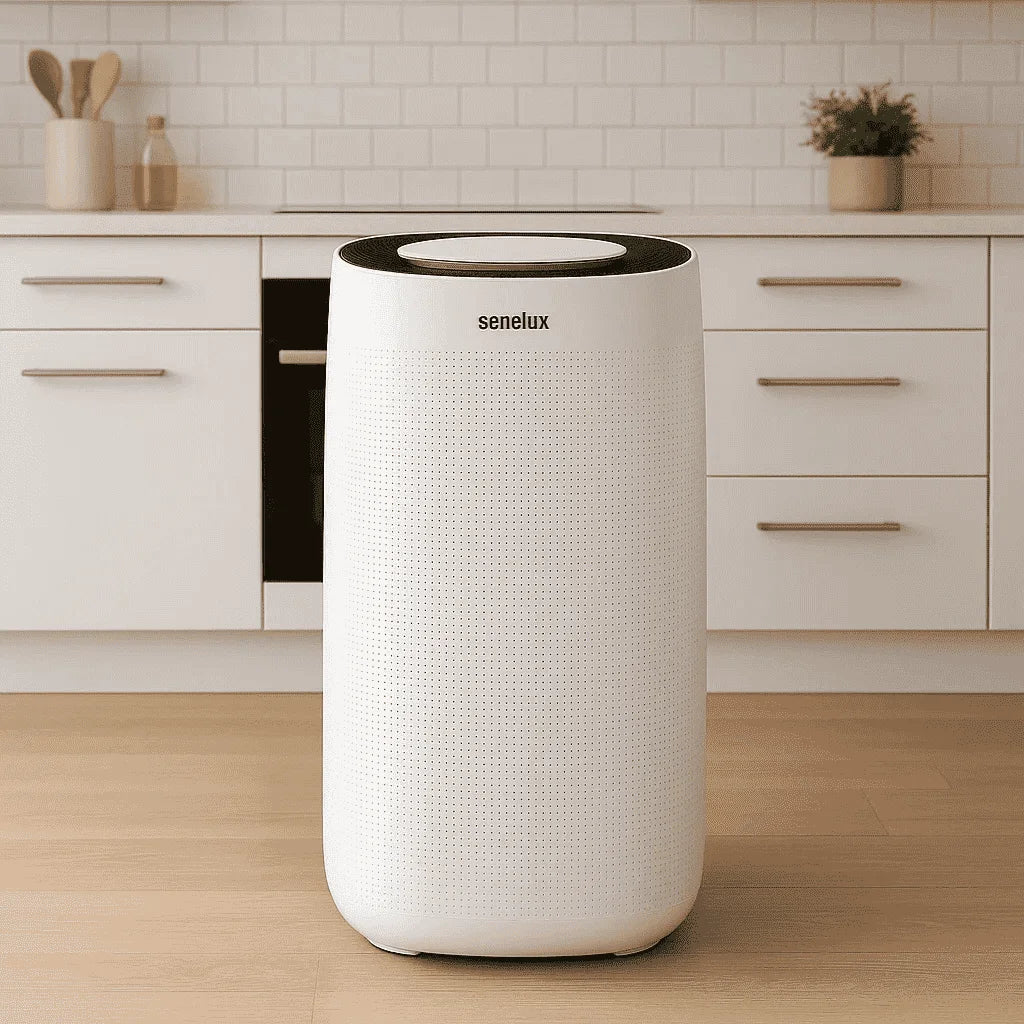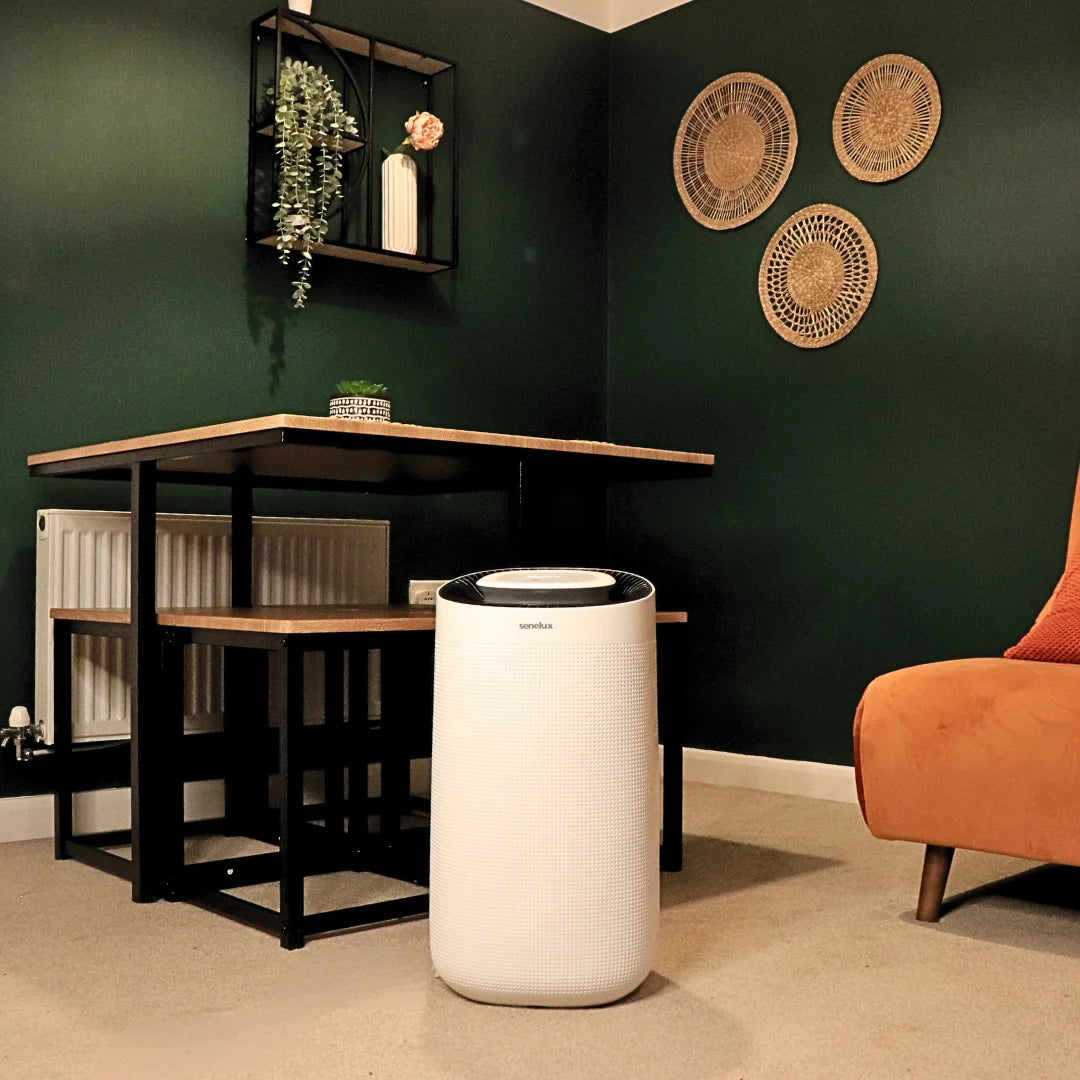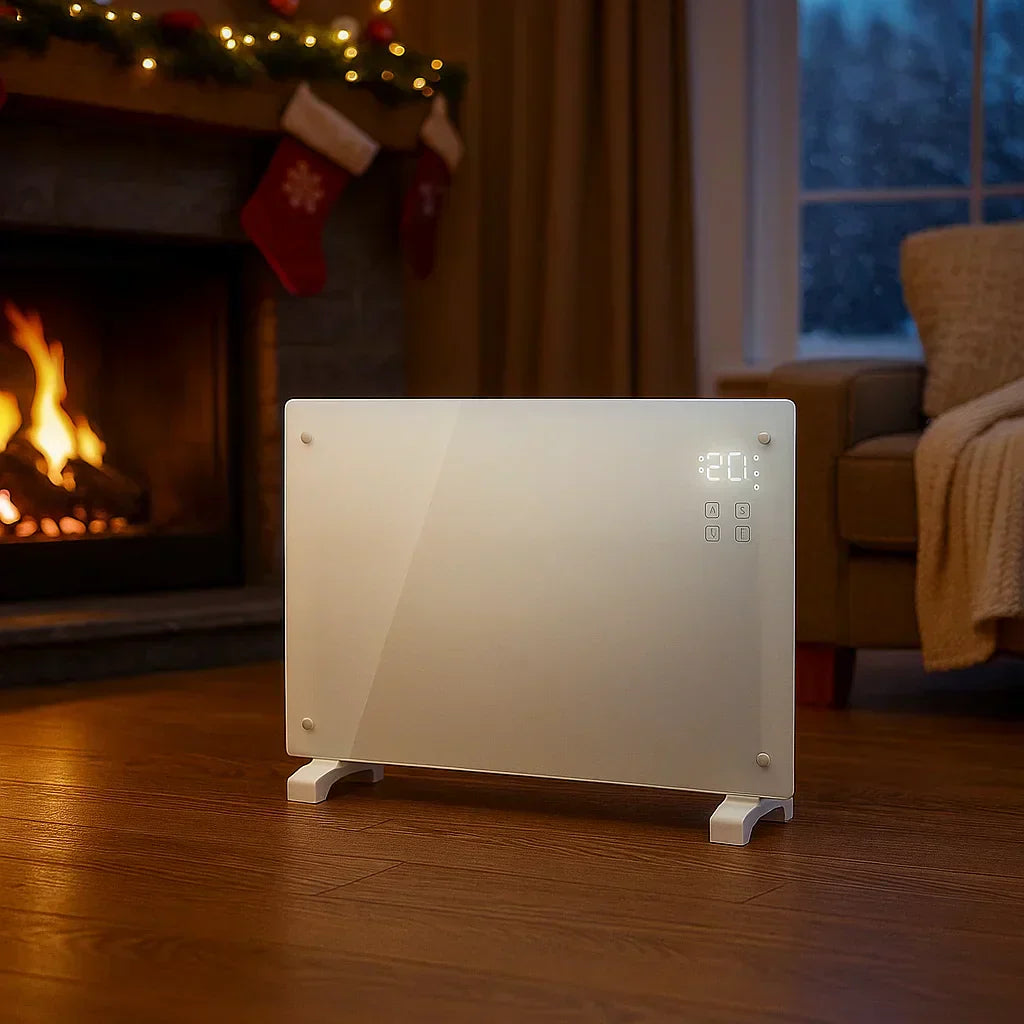Summary
Estimated Reading Time: 4–5 minutes
This article explores why dehumidifiers are just as valuable in the winter as they are in the summer- especially for UK homes, which often face unique challenges due to colder weather, limited ventilation, and older building styles. It explains how winter moisture builds up indoors and how a dehumidifier helps tackle key issues like damp, mould, and condensation. The article also highlights additional benefits such as faster clothes drying on rainy days, protecting furniture and electronics from moisture damage, and improving overall air quality. While it briefly touches on considerations like operating temperature, it emphasises that with a few simple steps, dehumidifiers continue to perform well during winter. Ultimately, it reassures readers that these appliances are year-round tools for creating a healthier, more comfortable home.

Winter in the UK can be a challenging time for keeping homes warm, dry, and comfortable. With colder temperatures outside and the heating turned up inside, it’s common for excess moisture to build up; especially in older British housing stock where insulation varies and ventilation can be limited. This combination often leads to condensation on windows, lingering damp patches, and an increased risk of mould growth. It’s no surprise, then, that many homeowners turn to a dehumidifier in winter as a simple yet powerful solution to improve indoor air quality.
Unlike summer humidity, which many of us can feel immediately, winter moisture tends to creep in quietly. From drying clothes indoors to everyday activities like cooking and showering, moisture quickly becomes trapped- particularly in traditional terraced houses, period properties with solid walls, or modern flats with tightly sealed windows. A UK winter dehumidifier helps tackle these hidden sources of damp before they develop into bigger problems, protecting both your home and your health.
Beyond preventing mould and condensation, using a dehumidifier can also make your home feel warmer. Dry air heats more efficiently than damp air, meaning your heating system doesn’t have to work quite as hard. An important benefit during the colder months when energy bills are already on the rise. For many households, investing in a dehumidifier isn’t just about comfort; it’s about making winter living more cost-effective and sustainable.
These benefits make dehumidifiers an increasingly popular addition to British homes, especially during the colder season. In the rest of this article, we’ll explore how to choose the right model, the best places to use it, and practical tips for getting the most out of your unit throughout the winter months.

Running your dehumidifier in the Winter
While dehumidifiers are incredibly useful in the colder months, there are a few practical considerations to keep in mind to ensure they work effectively. Many refrigerant (compressor) models perform best at temperatures above 15°C, and their efficiency can drop as rooms get colder which can be an issue in unheated spaces like conservatories or garages. Even so, this doesn’t mean they’re unsuitable for winter use; it simply means a little extra attention is needed to keep them running at their best. Below, we have included a short checklist to help you make the most out of your dehumidifier this winter:
- Place the unit in rooms that stay above the recommended operating temperature.
- Keep interior doors open to help airflow and improve moisture capture.
- Avoid positioning the dehumidifier directly against walls or furniture.
- Clean or replace the air filter regularly for consistent performance.
- Empty the water tank frequently, or use continuous drainage if available.
- Ensure the room is reasonably heated as warm air helps the unit extract moisture more efficiently.
- Check for any frost build-up on compressor units and allow defrost cycles to run when needed.
With these steps in mind, you'll be sure to get the most out of your dehumidifier this winter and keep your home warm, cosy and free from damp and mould throughout the colder, wetter season.
Unique advantages of using your dehumidifier in cold weather
Winter actually brings with it some unique advantages when it comes to using a dehumidifier. Benefits that go far beyond keeping windows clear of condensation. The most obvious perk is its ability to fight off damp and mould, which tend to thrive in the cool, stagnant air common in UK homes during colder months. By pulling excess moisture from the air, a dehumidifier helps stop mould spores from settling on walls, ceilings, and behind furniture, protecting both your home and your health. It’s also incredibly useful for drying out furniture and clothes, especially on those endless rainy days (which are so common in the UK) when hanging the washing outdoors simply isn’t an option. A good unit can speed up indoor drying times dramatically, reducing the risk of musty smells or mildew forming on fabrics.
Another often-overlooked benefit is how a dehumidifier helps prevent rusting on electronics, tools, and other sensitive household items. Moist air can cause corrosion over time. This is particularly prevalent in older properties, basements, or rooms prone to persistent damp. By keeping humidity levels balanced, you’re effectively extending the lifespan of valuable devices around the home. On top of this, drier air is naturally cleaner and healthier. Lower humidity reduces dust mites, allergens, and airborne irritants, making the space more comfortable to live in, especially for asthma or allergy sufferers. Together, these winter-specific advantages make a dehumidifier a smart addition to almost any UK household during the colder season.
Conclusion
As we’ve seen, dehumidifiers aren’t just for the warmer months. Far from it. While they’re undeniably effective in summer, when humidity naturally rises, they can still deliver impressive results throughout the winter. In fact, the colder season often highlights some of their greatest strengths: preventing damp and mould, speeding up indoor laundry drying, protecting valuables, and improving overall air quality. With just a little awareness of operating temperatures and room conditions, a dehumidifier becomes an all-season ally for a healthier, more comfortable home.
Ultimately, these appliances are designed to enhance day-to-day living, whatever the weather. Whether you’re dealing with traditional UK housing quirks, tackling persistent winter condensation, or simply aiming for cleaner, fresher air, a dehumidifier proves its worth year-round. Add in the bonus of potential energy savings and the peace of mind that comes with reducing moisture-related problems, and it’s clear that using a dehumidifier in winter isn’t just possible- it’s genuinely beneficial. By embracing the full capabilities of your unit, you can keep your home healthier, cosier, and better protected in every season.


